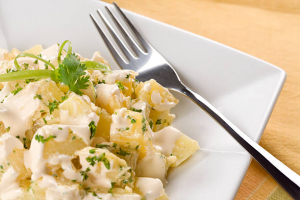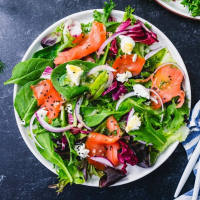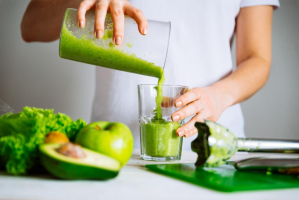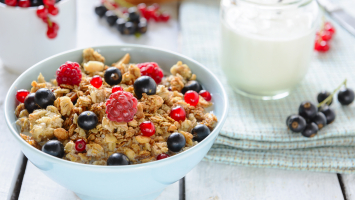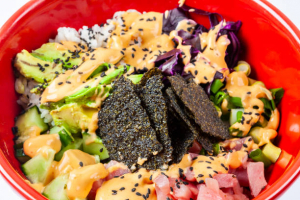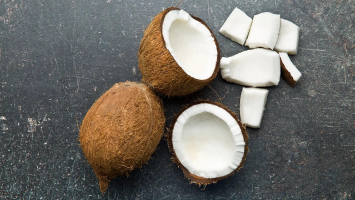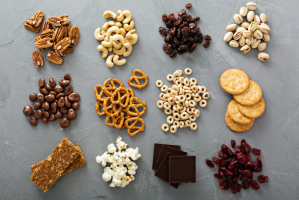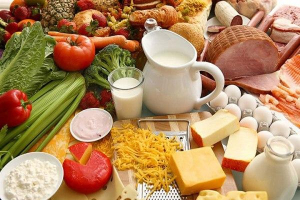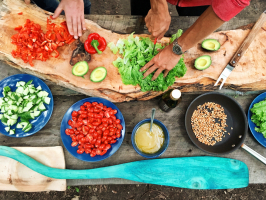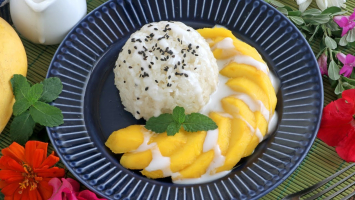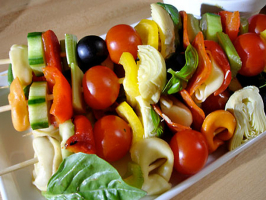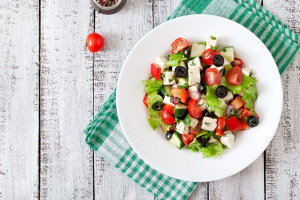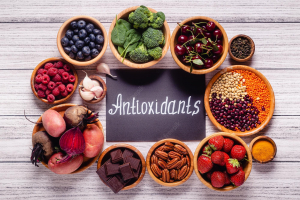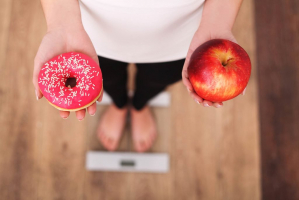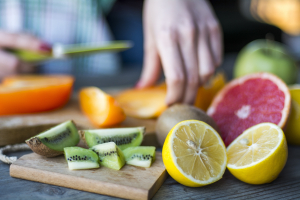Top 10 Healthy Salad Toppings
Salads are often made of lettuce or mixed greens, as well as a variety of toppings and a dressing. Salads may be a staple of a balanced diet because of the ... read more...large variety of possible add-ins. Salad toppings may be almost anything, but some are more nutritious than others. Some of the top healthy salad toppings are listed below!
-
Raw veggies provide the most enzymes, vitamins, and minerals for optimal health. Raw foods, particularly vegetables and fruits, can offer numerous health benefits, according to Shayna Komar, a licensed and registered dietitian at Thomas F. Chapman Family Cancer Wellness at Piedmont.
Raw greens such as lettuce, spinach, kale, mixed greens, or arugula are commonly used in salads. You can, however, add a variety of different fresh veggies. Chopped carrots, onions, cucumbers, celery, mushrooms, and broccoli are some of the most popular raw vegetable toppings. These veggies are high in fiber and plant compounds that are beneficial to health. Eating raw veggies including carrots, lettuce, spinach, and cucumber was linked to improved mental health and mood in a study of 422 young adults.
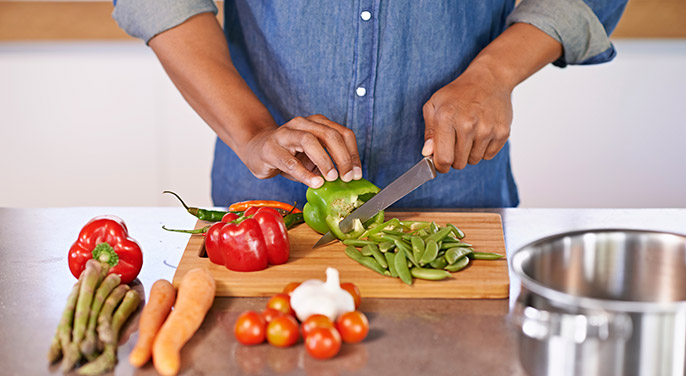
Chopped Raw Vegetables 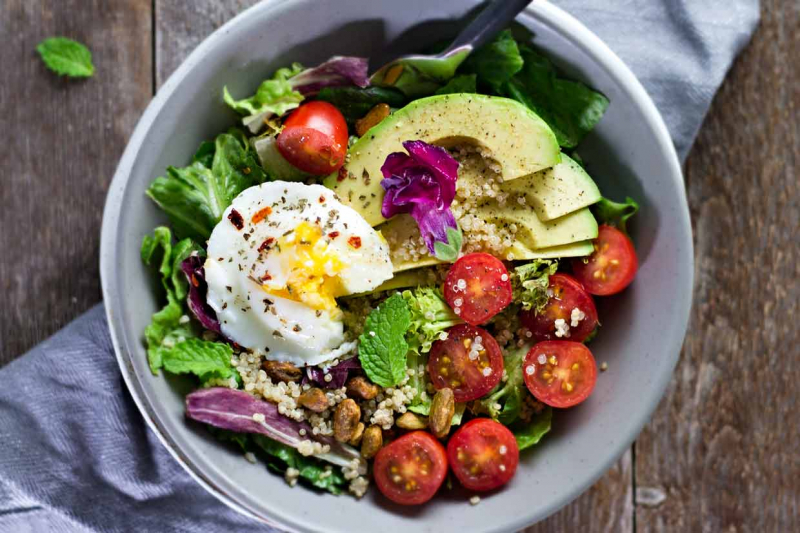
Chopped Raw Vegetables -
Nuts and seeds are popular snacks. They're delicious, handy, and can be eaten on any diet, from keto to vegan. Despite their high-fat content, they provide a lot of health and weight-loss benefits.
Salad toppings like pistachios, walnuts, pumpkin seeds, almonds, peanuts, and chia seeds are packed with nutrients. One ounce (28 grams) of pumpkin seeds, for example, has 5 grams of protein and close to 20% of the Daily Value (DV) for zinc. Furthermore, just 22 almonds (1 ounce or 28 grams) offer almost 3 grams of fiber and various vitamins and minerals to a salad. Look for raw or dry-roasted nuts or seeds with no added salt, sugar, or preservatives when choosing nuts or seeds to add to your salad.
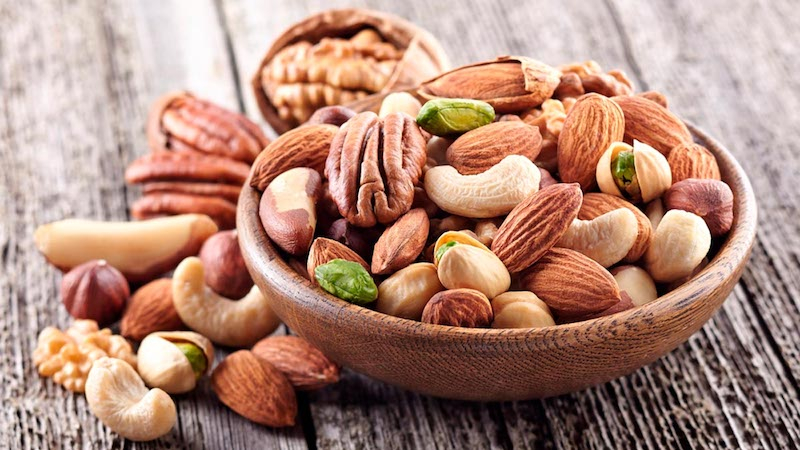
Nuts and Seeds 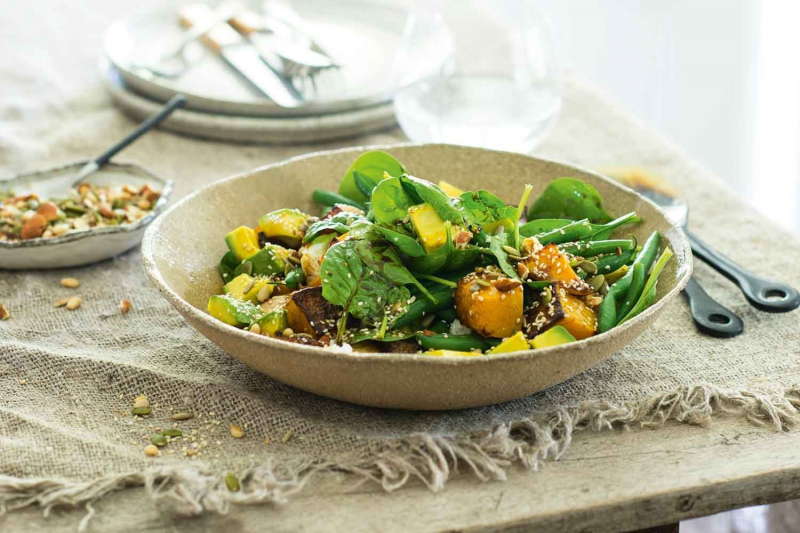
Nuts and Seeds -
Salads and dried fruit go along well. As a salad topping, dried cranberries, apricots, mango, or raisin are an easy way to add sweetness as well as numerous nutrients.
Dried fruits also include more fiber and antioxidants called phenols per ounce than fresh fruit. 1 ounce (28 grams) of dried apricots, for example, has 20% of the daily value for vitamin A and 2 grams of fiber. Look for dried fruits that only list the fruit as an ingredient to avoid added sugars and preservatives. Furthermore, add this delicious delight on top of your salad sparingly. You may also make your own by slicing your favorite fruit into thin slices and baking them at 250°F (121°C) for two to three hours on a lined baking sheet.
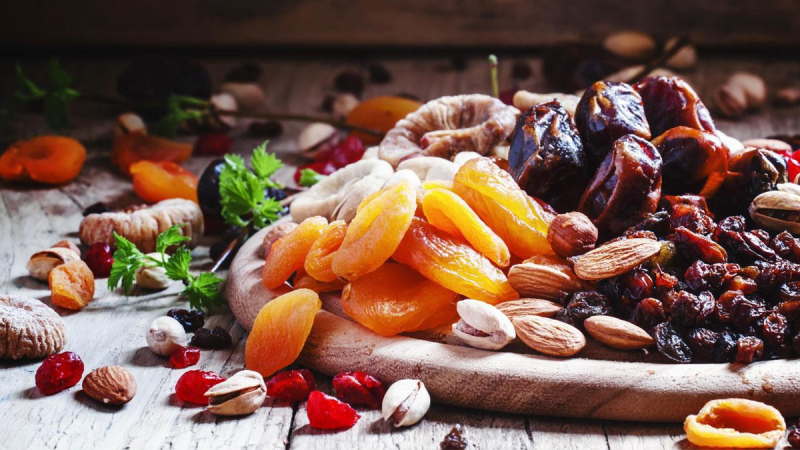
Dried Fruit 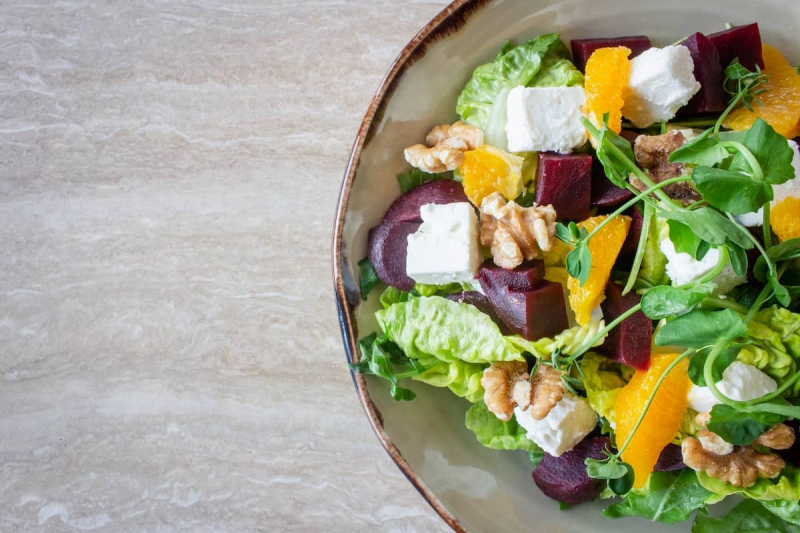
Dried Fruit -
Cooked brown rice, quinoa, farro, and barley are some of the most popular whole grains for salad toppings. These grains give your salad additional texture and flavor.
Whole grains also include fiber and protein, which can help you feel satisfied after a meal. Brown rice, for example, offers 5 grams of protein and more than 3 grams of fiber per cup (195 grams). Furthermore, studies have linked whole-grain eating to a number of health benefits, such as weight loss and decreased cholesterol levels. In most grocery stores, you may get cooked whole grains. To make your own, in a pot over the stove, combine uncooked grains with water in a 1-to-2 ratio, for example, 1 cup of grains with 2 cups of water. Bring to a boil, then simmer until the grains are tender.
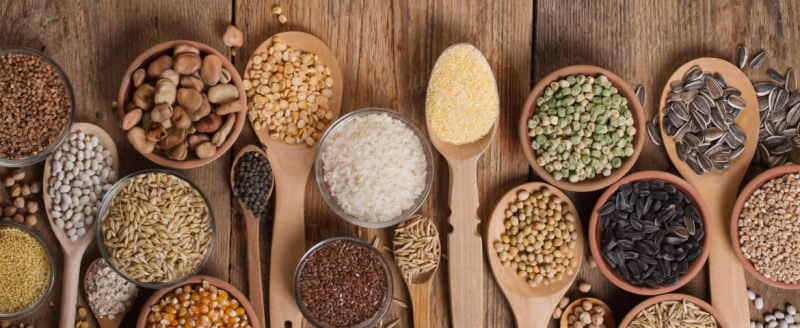
Whole Grains 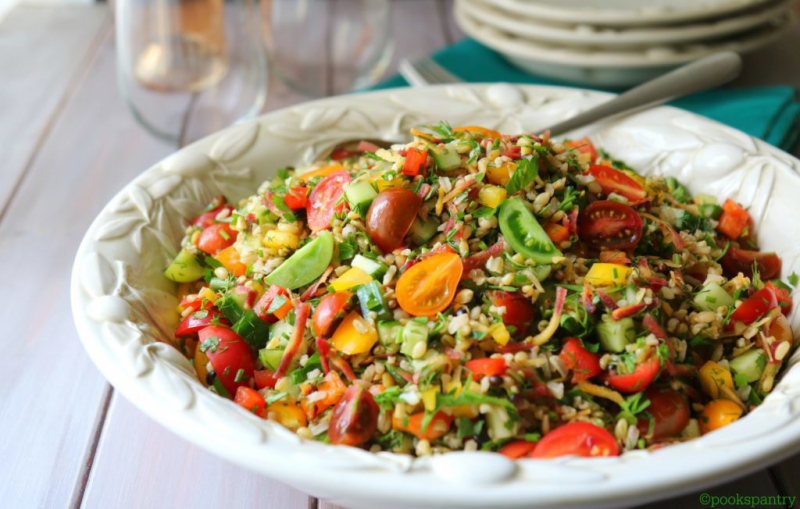
Whole Grains -
Beans and legumes are excellent plant protein sources to include in your salad. Beans and legumes are high in dietary fiber, protein, B vitamins, and other minerals and nutrients. According to some evidence, they may help lower blood sugar, improve heart health, and maintain a healthy gut.
In addition to vitamins, minerals, and fiber, a 1-cup (172-gram) serving of cooked black beans and kidney beans provides over 15 grams of protein. You may either use canned beans or prepare them yourself. To make your own, put dried beans in a big pot with an inch of water and cover them with an inch. Bring to a boil, then reduce to low heat and cook for one to three hours, or until the beans are tender.
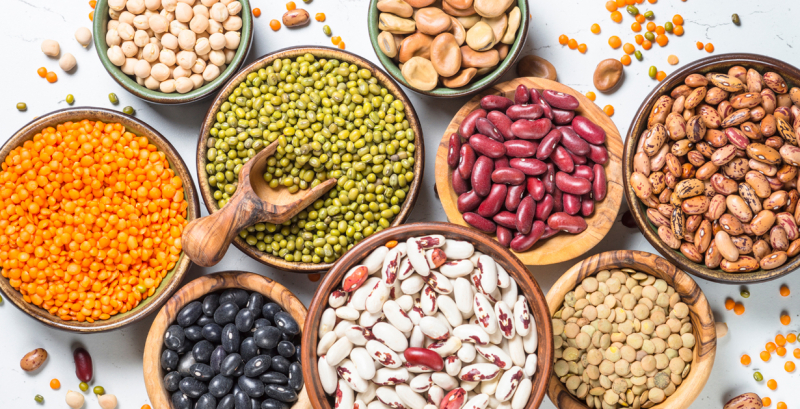
Beans and Legumes 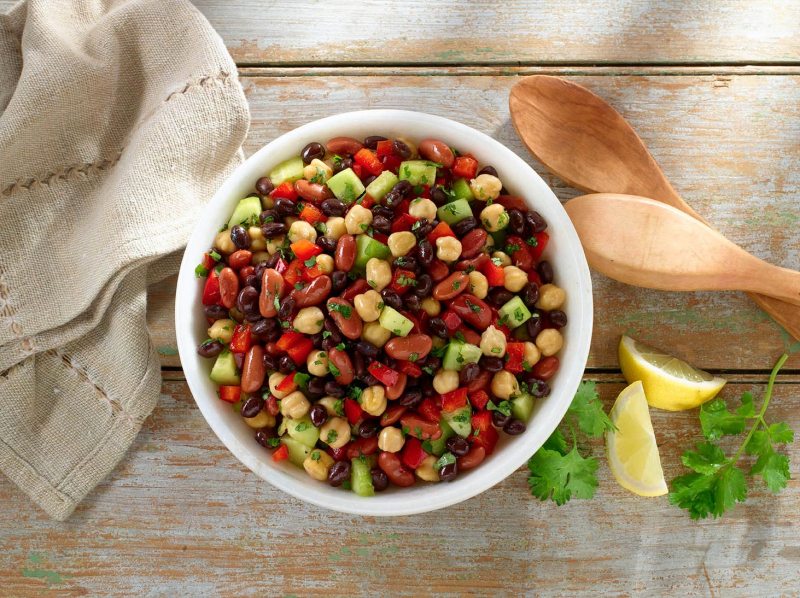
Beans and Legumes -
Vegetables and fruits are an important part of a healthy diet, a diet rich in fruits and vegetables can lower the risk of heart disease and stroke. So fresh fruit may be a delicious salad topping with added health benefits.
Fruits contain numerous nutrients that are beneficial to health. Fiber, vitamins, and minerals, as well as a variety of antioxidants and other plant compounds, are all included. In one research of over 800 adults, each piece of fruit consumed per day was linked to a 10% reduction in the risk of heart disease. Berries, apples, oranges, and cherries are common fresh fruits to include in a salad. For homemade salad dressings, you may also use blended fruit or freshly squeezed fruit juice.
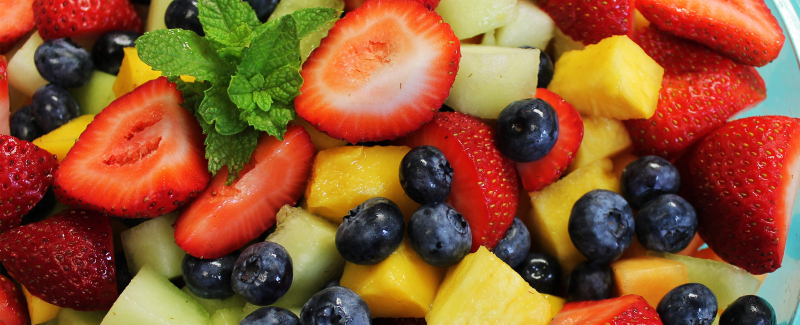
Fresh Fruit 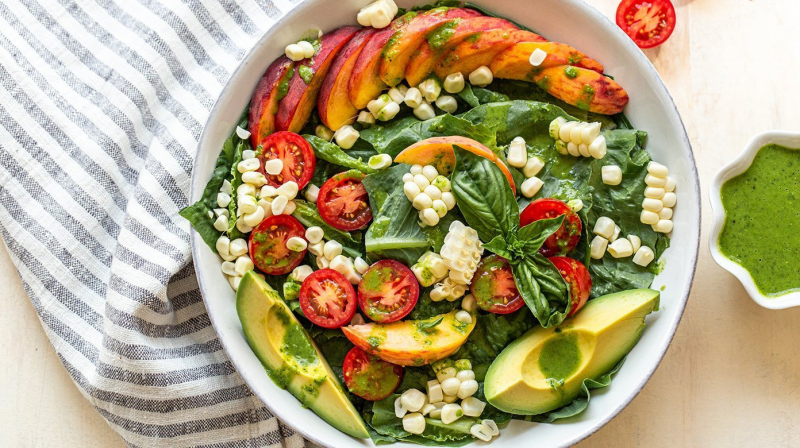
Fresh Fruit -
Crushed tortilla chips or pita chips would seem like a healthy alternative when you've got an intense junk food craving. They also give your salad a crunchy texture and a great flavor.
Tex-Mex salads with beans, salsa, avocado, and shredded cheese benefit from the addition of tortilla chips. Pita chips, on the other hand, combine well with salads with Mediterranean flavor. Baked corn tortilla or whole-grain pita chips, which are low in sodium and added sugar, are the healthiest options. A serving of packaged whole-wheat pita chips contains around 3 grams of fiber and 4 grams of protein (11 chips or about 28 grams). You can slice a few tortillas or pitas into six triangles, brush each triangle with olive oil, and bake for 10–15 minutes at 350°F (176°C) to make homemade baked chips.
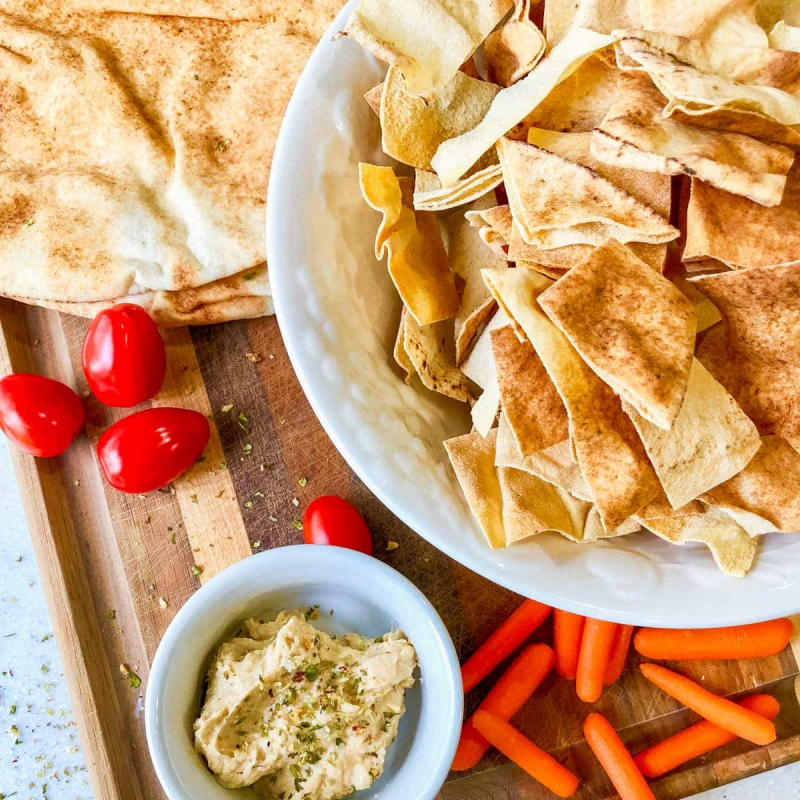
Baked Tortilla or Pita Chips 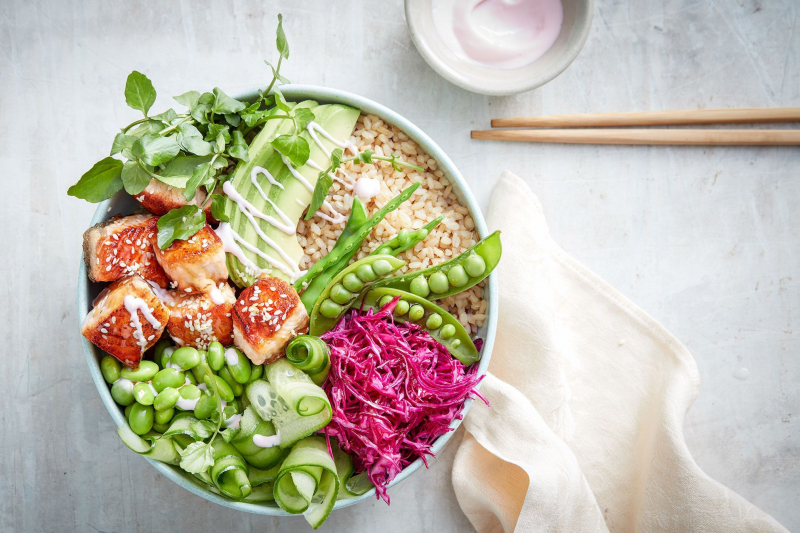
Baked Tortilla or Pita Chips -
Cheese is a type of dairy product that comes in a variety of textures and flavors. Some people are concerned about the fat, sodium, and calorie content of cheese. Cheese, on the other hand, is a great source of protein, calcium, and a variety of other minerals.
As a salad topping, shredded hard cheeses such as cheddar, gouda, parmesan, and manchego offer flavor and nutrition to your salad. For just over 100 calories, one ounce (28 grams) of shredded parmesan cheese has almost 10 grams of protein. It also contains 35% of the daily need for calcium, which is essential for bone health, blood clotting, and muscle contraction. Shredded cheeses in packets, as well as hard cheese blocks that may be shredded with a hand grater, are widely available that you can easily find everywhere.
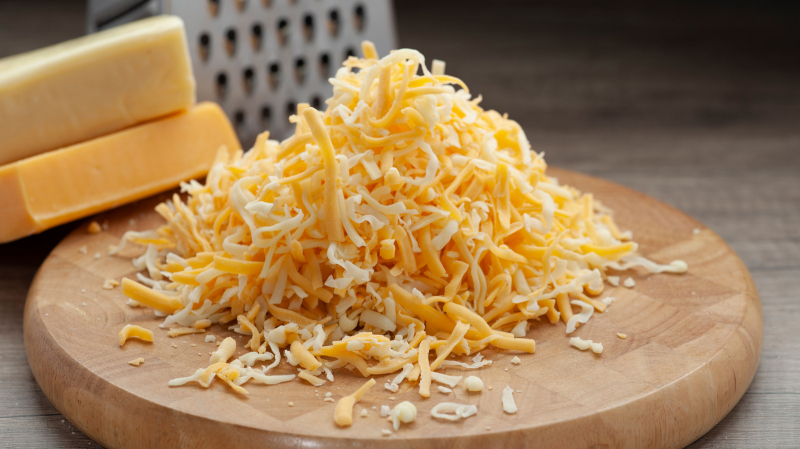
Shredded Hard Cheeses 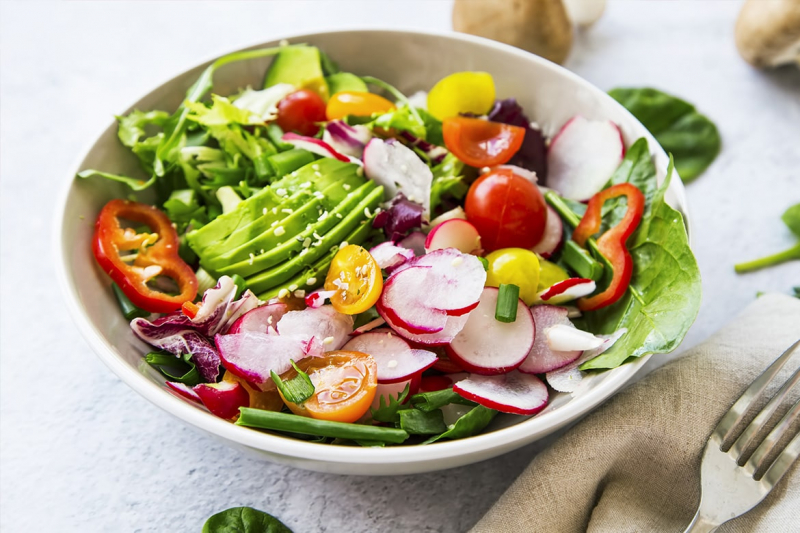
Shredded Hard Cheeses -
Because it does not require a lot of oil or butter, roasting vegetables is a healthy way to cook them. However, while cooking vegetables at high temperatures might cause nutritional loss, doing it properly preserves the nutrients of the vegetables without sacrificing flavor.
Raw salad greens are surely enhanced by the addition of roasted vegetables. Roasting brings out different flavors and textures depending on the vegetable. Cooking vegetables also makes them simpler to digest and boosts the absorption of some nutrients, according to research. To make roasted vegetables, dice your vegetables, toss them with olive oil and spices, then bake them for 30–40 minutes at 350°F (176°C) on a lined baking sheet. As a salad topping, you may also use leftover roasted vegetables from a previous meal.
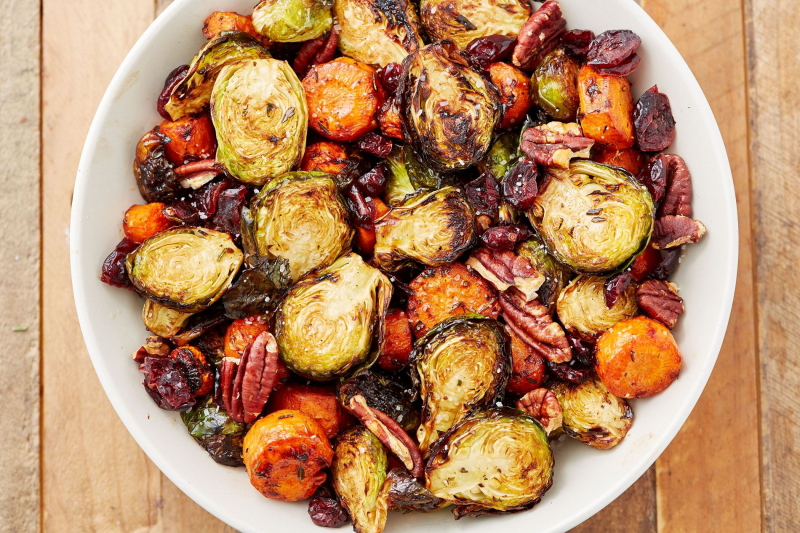
Roasted Vegetables 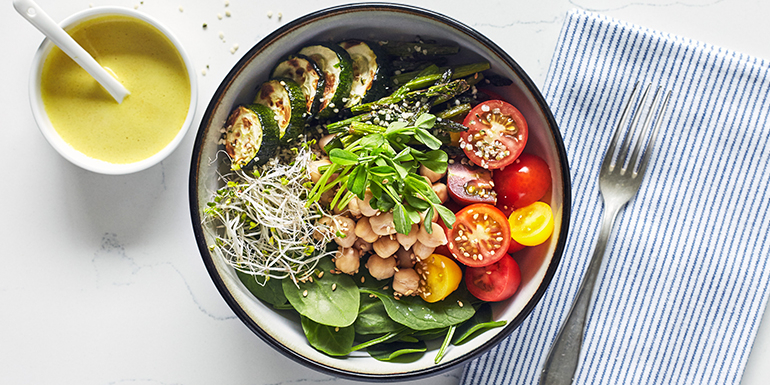
Roasted Vegetables -
Eggs are a nutrient-dense addition to any salad. For only 77 calories, one large egg provides 6 grams of protein and more than 15 vitamins and minerals.
Because of their high protein content, they might make you feel more satiated. In a study of 30 overweight or obese women, it was shown that those who ate eggs for breakfast consumed significantly fewer calories over the next 36 hours than those who ate bagels. Place the eggs in a pot and cover with an inch (2.5 cm) of water to make hard-boiled eggs. Bring the eggs to a boil for about 10 minutes, then remove them from the heat and place them in a bowl of cold water for five minutes before peeling.
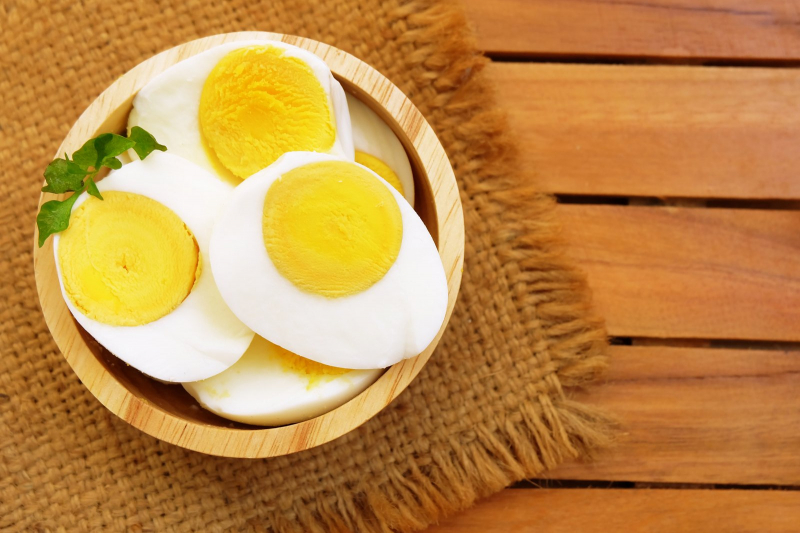
Hard-Boiled Eggs 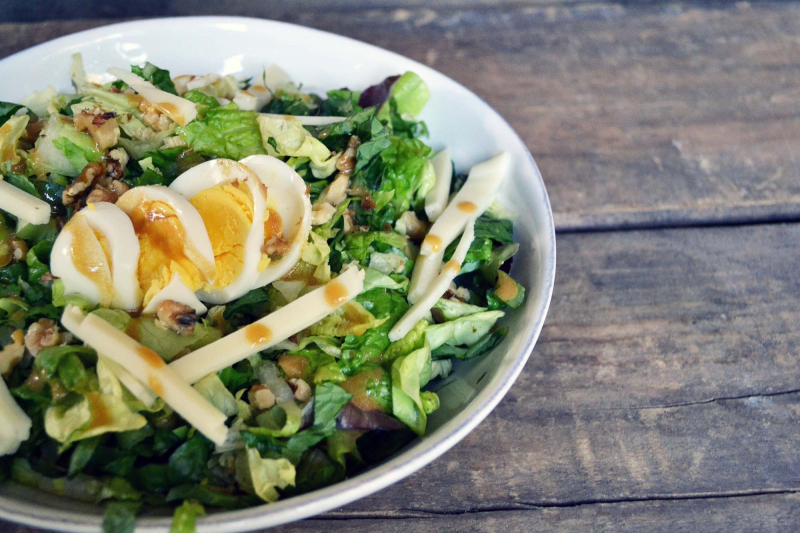
Hard-Boiled Eggs












